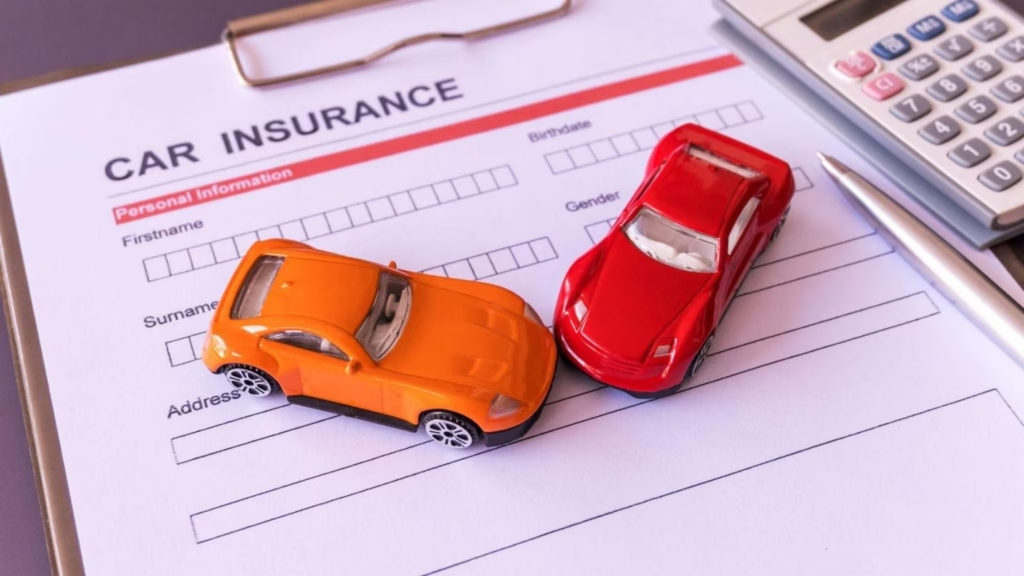Two neighbours may own the same make and model yet receive different renewal quotes. The difference is not an error. Your car insurance price is shaped by the cover you choose, how your car is valued today, the add-ons and deductibles you select, and the claims on your record.

The article below explain the main price drivers and give you a simple way to read your policy schedule, what to check, what to question, and how to keep costs sensible without weakening your cover.
Why Does the Exact Model Cost Differently
Insurers look beyond the badge: your cover choice, present vehicle value (IDV), claim history impact, add-ons, driving pattern and location each nudge the car insurance price, so identical models rarely cost the same.
Third Party vs Comprehensive
A policy built only on third party car insurance fulfils the legal requirement and pays for third-party injury or property damage. A comprehensive policy price folds in your own-damage cover as well, protecting the vehicle against events such as accident, theft, fire and flood, along with third-party liability.
What Your Car is “Worth” Today (IDV)
For comprehensive plans, the insurer prices the own-damage part against the car’s current market value, commonly shown as the Insured Declared Value (IDV). IDV represents the maximum payable in cases like total loss or theft, and it moves with age and depreciation. Set too low, you risk under-insurance; set too high, you pay more than you need to.
Claim History Impact (NCB)
Go claim-free and you earn a No-Claim Bonus on the own-damage premium at renewal; make a claim and that saving can reduce or disappear unless you have NCB protection as an add-on. If two owners of the same car have different claim histories, their premiums will differ even if everything else matches. NCB can also be transferred when you switch cars or insurers, as long as you follow the process and timelines.
Add-Ons and Deductibles
Zero-depreciation, engine and gearbox protection, return-to-invoice, roadside assistance, NCB protector and similar options enrich cover for specific risks. Each add-on adds a little to the premium; deductibles can reduce it. Two identical cars seldom carry the same add-on mix, so their prices diverge.
How to Read Your Policy Schedule Without Guesswork
Start by confirming your cover type, then review the IDV, NCB, premium breakdown, add-ons, and deductibles to ensure everything reflects your needs and the details you declared.
Confirm the Cover you Actually Bought
Near the top of the schedule, look for the descriptor: third party, own damage, or comprehensive. This single line explains a lot about your car insurance price and what you can claim for if something goes wrong.
Check the IDV Line
Find the IDV and ask yourself if it reflects a fair market value. Too low can leave you short in a severe loss; too high may inflate the premium for little real gain. Most insurers allow you to fine-tune IDV within a reasonable range at purchase or renewal.
Look at the Premium Break-Up
A clear schedule splits the figure into third-party premium, own-damage premium, add-on costs and taxes. Read the labels: they show precisely where money is being spent and which levers you can adjust next time.
Verify the NCB
Locate the NCB entry. If you switch insurers, ensure the transfer is noted. If you claimed last term, see whether NCB protection was in place and how it affected renewal. This is the most common reason two near-identical quotes look different.
Practical Ways to Keep Your Price Fair
Here are a few practical ways to look for:
- Be thoughtful about minor claims: Small repairs that wipe out a future NCB can cost more over time; weigh the short-term payout against the medium-term claim history impact before you file.
- Consider usage-based options if you drive less: If the car spends more time parked than on the road, a pay-as-you-drive add-on can be a sensible lever.
- Set a sensible IDV for each renewal: Avoid the enticement to understate the car’s value just to shorten the premium; equally, resist overstating it. Aim for a fair figure that protects you adequately.
- Keep renewals on time and records accurate: Missed renewals or mismatched declarations can affect discounts and claim outcomes.
Final Thoughts
Even when the badge on the bonnet is the same, your policy is personal. The legal third-party premium, the breadth of cover you select, the add-ons you value, and your claim record together shape the car insurance price you see. Read your schedule section by section very precisely. Do that each renewal, and your price is more likely to feel fair, and your protection is more likely to work the moment you need it.







Leave a Comment
You must be logged in to post a comment.